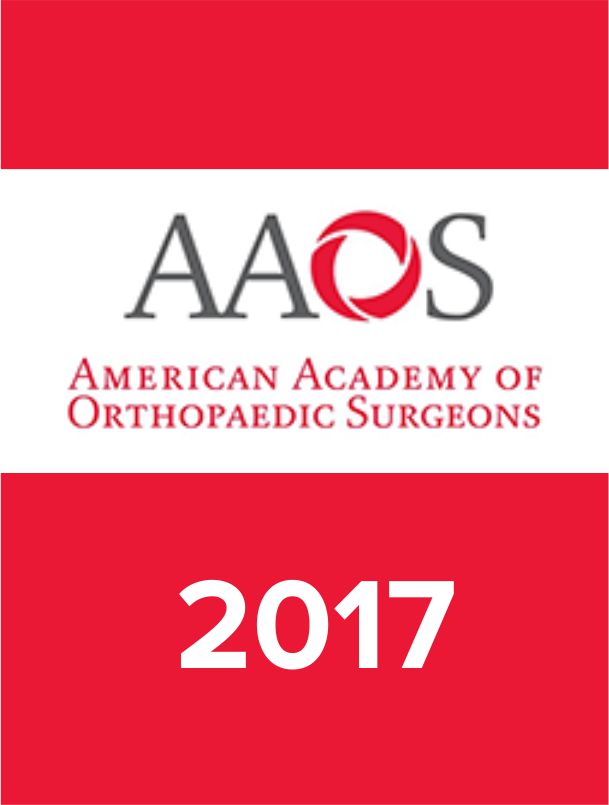
SPORTS MEDICINE
AAOS2017: Enlargement at different tunnel depths with β-TCP-containing vs PLLA screws
57 patients scheduled for double-bundle anterior cruciate ligament (ACL) reconstruction were randomized to tibial fixation with either the use of pure poly-L-lactic acid interference screws or screws containing beta (B)-tricalcium phosphate (TCP). Patients were assessed on CT at 12 months for tibial tunnel enlargement at four tunnel depths: at the joint line, mid-tunnel, mid-screw, and at the tunnel aperture. Both groups demonstrated significant increases in tunnel cross-sectional area after 12 months. At the mid-screw level, the B-TCP group demonstrated a significantly lesser increase in CSA when compared to the PLLA group. In contrast, at the mid-tunnel level, the B-TCP group demonstrated a significantly greater increase in CSA when compared to the PLLA group.
Unlock the full ACE Report
You have access to {0} free articles per month.Click below to unlock and view this {1}
Unlock NowCritical appraisals of the latest, high-impact randomized controlled trials and systematic reviews in orthopaedics
Access to OrthoEvidence podcast content, including collaborations with the Journal of Bone and Joint Surgery, interviews with internationally recognized surgeons, and roundtable discussions on orthopaedic news and topics
Subscription to The Pulse, a twice-weekly evidence-based newsletter designed to help you make better clinical decisions
Exclusive access to original content articles, including in-house systematic reviews, and articles on health research methods and hot orthopaedic topics
Or upgrade today and gain access to all OrthoEvidence content for just $1.99 per week.
Already have an account? Log in


Subscribe to "The Pulse"
Evidence-Based Orthopaedics direct to your inbox.
{0} of {1} free articles
Become an OrthoEvidence Premium Member. Expand your perspective with high-quality evidence.
Upgrade Now












































































